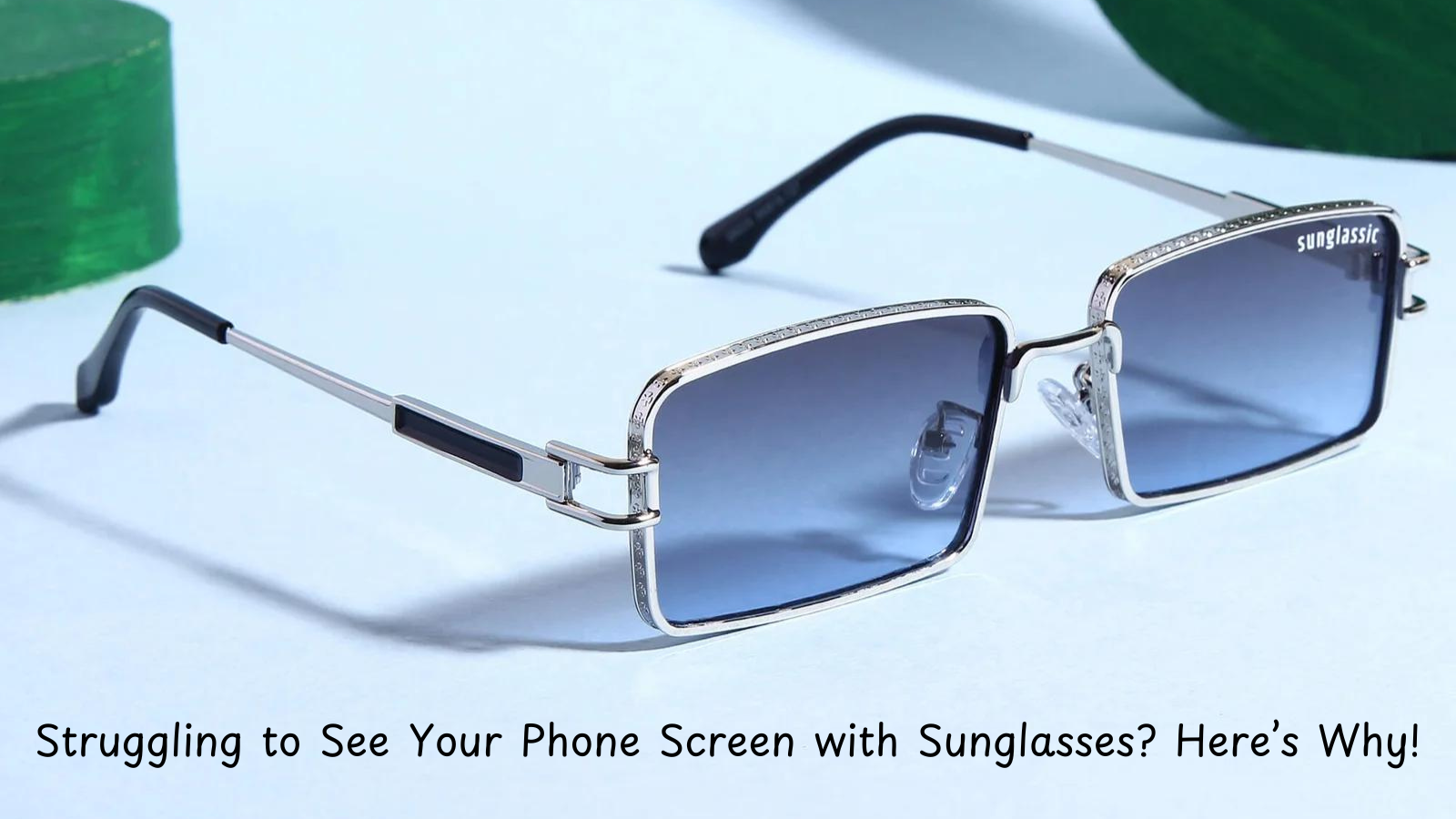
Struggling to See Your Phone Screen with Sunglasses? Here’s Why!
Sunglasses are a staple accessory for many people, providing not only protection against harmful UV rays but also a stylish edge to any outfit. However, a common frustration among sunglasses wearers is the difficulty in seeing their phone screens clearly when wearing these tinted lenses. Have you ever found yourself squinting at your phone, trying to read messages or navigate apps, only to be met with distorted images or complete invisibility? If so, you’re not alone. In this comprehensive blog, we will explore the reasons behind this phenomenon, the science of lens technology, and tips for choosing sunglasses that allow you to see your devices clearly, even in bright sunlight.
Understanding the Basics of Sunglasses
To comprehend why sunglasses can obscure your phone screen visibility, it’s essential first to understand how they work. Sunglasses are primarily designed to:
- Reduce Glare: Sunglasses help mitigate the harshness of bright light, making it more comfortable for your eyes to see in sunny conditions.
- Block UV Rays: A good pair of sunglasses will protect your eyes from harmful ultraviolet rays, which can lead to various eye problems over time.
- Enhance Visual Comfort: They improve visual clarity and contrast, allowing you to enjoy outdoor activities without straining your eyes.
Key Components of Sunglasses
-
Lens Tint: The tint of the lenses affects how much light passes through to your eyes. Darker tints can block more light, but they can also alter color perception, impacting how you see objects around you, including screens.
-
Polarization: Polarized lenses are equipped with a special filter that reduces glare from reflective surfaces, such as water, roads, and car hoods. While they are beneficial for many outdoor activities, they can interfere with viewing screens.
-
UV Protection: Quality sunglasses provide protection from UV rays, crucial for maintaining long-term eye health. This is typically indicated on the label, with UV400 being the highest level of protection.
The Science Behind Screen Visibility
1. Light and Glare
When you're outside in bright sunlight, the intensity of light can create significant glare on your phone screen. This glare can make it challenging to read text or view images clearly.
- Reflection: The reflective surfaces of smartphones can create a glare that’s often exacerbated by wearing dark sunglasses. The brightness of your surroundings combined with the reflective nature of the screen makes it difficult to see what’s displayed.
2. Polarized Lenses and LCD Screens
While polarized lenses are great for reducing glare, they can sometimes hinder visibility when looking at screens. Most smartphones and tablets use LCD (liquid crystal display) technology, which can be affected by polarized lenses.
-
How Polarization Works: Polarized lenses filter light waves to reduce glare, but many screens emit polarized light as well. When you view your phone through polarized sunglasses, it can cause the display to appear darker or completely vanish, depending on the angle.
-
Angle Matters: The angle at which you view the screen can greatly influence visibility. With polarized lenses, changing your head or phone angle may improve or worsen visibility.
Factors That Influence Screen Visibility
1. Lens Color and Tint
The color of your sunglasses lenses can significantly impact how well you see your phone screen.
-
Gray Lenses: These provide true color perception and reduce brightness without distorting colors. However, they may still create glare on screens, especially in bright sunlight.
-
Brown or Amber Lenses: These enhance contrast and depth perception, making them ideal for outdoor activities. However, they can distort colors slightly, making it challenging to see certain hues on your screen.
-
Yellow or Gold Lenses: These lenses can increase contrast and reduce glare, which may help visibility. However, they may also alter color perception, particularly with blue and purple hues.
2. Lens Quality
The quality of the lenses can significantly impact your experience.
-
Anti-Reflective Coatings: Quality lenses often come with coatings that minimize glare and distortion. These can help improve visibility when using your phone outdoors.
-
Scratch Resistance: Higher-quality lenses are typically more resistant to scratches, which can help maintain clarity over time. Scratches can cause light distortion, making it even more difficult to see screens.
Tips for Choosing Sunglasses That Don’t Hinder Visibility
If you frequently struggle to see your phone screen while wearing sunglasses, consider the following tips when shopping for your next pair:
1. Opt for Non-Polarized Lenses
If you primarily use sunglasses in environments where you frequently check your phone, consider opting for non-polarized lenses. While they won’t reduce glare as effectively as polarized lenses, they won’t interfere with screen visibility, allowing you to see your phone clearly.
2. Choose Lighter Tint Colors
Selecting lighter tint colors, such as light gray or amber, can improve visibility without sacrificing UV protection. These tints reduce brightness while allowing more light to pass through, making it easier to see your phone screen.
3. Invest in High-Quality Lenses
Look for sunglasses that feature high-quality lenses with anti-reflective coatings. These can significantly enhance your visual experience, both outdoors and when checking your phone. Brands that focus on optical quality often offer the best performance in bright light.
4. Try Different Brands and Styles
Different brands and styles of sunglasses can affect how you see your phone screen. When shopping, try on various pairs and test them with your phone in bright light to find the best option for your needs. Some brands prioritize lens clarity and quality, which can make a big difference.
5. Consider Photochromic Lenses
Photochromic lenses, also known as transition lenses, adjust their tint based on the amount of UV light around them. These lenses can darken in bright sunlight while remaining clear indoors, providing the benefits of sunglasses without compromising visibility when using your phone.
Understanding the Impact of Environment
The environment in which you use your sunglasses can also affect screen visibility. For example:
-
Direct Sunlight vs. Shade: Using your phone in direct sunlight is the most challenging scenario. Finding a shaded area can alleviate some of the glare and make it easier to see your screen.
-
Glare from Water or Reflective Surfaces: If you are near a pool, beach, or other reflective surfaces, the glare can be more intense. In these situations, polarized lenses may be beneficial, but you may need to adjust your angle when looking at your phone.
Common Misconceptions About Sunglasses
1. All Sunglasses Provide the Same Protection
Not all sunglasses are created equal. Look for sunglasses labeled with UV protection. Cheap sunglasses may block visible light but offer little to no UV protection, which can be harmful in the long run.
2. Darker Lenses Are Always Better
Many believe that darker lenses provide better protection, but this isn’t necessarily true. Protection from UV rays is essential, and some lighter lenses can offer equal protection without making it difficult to see screens.
3. Polarized Lenses Are Always Better
While polarized lenses can enhance visibility in many situations, they may not be the best choice for everyone. For individuals who frequently check their phones, non-polarized lenses might provide a better overall experience.
Conclusion
Struggling to see your phone screen while wearing sunglasses can be frustrating, but understanding the science behind lenses and light can help you make better choices. By selecting the right sunglasses, whether polarized or non-polarized, you can enjoy outdoor activities while still being able to access your phone without difficulty.
At sunglassic.com, we offer a wide range of stylish and functional sunglasses to suit your needs. Whether you’re looking for polarized lenses for outdoor adventures or non-polarized options for everyday use, we have the perfect pair for you. Shop with us today and enjoy the sun without sacrificing your ability to stay connected!
SHOP BY SHAPE
WORN BY OVER 200.000 PEOPLE WORLDWIDE



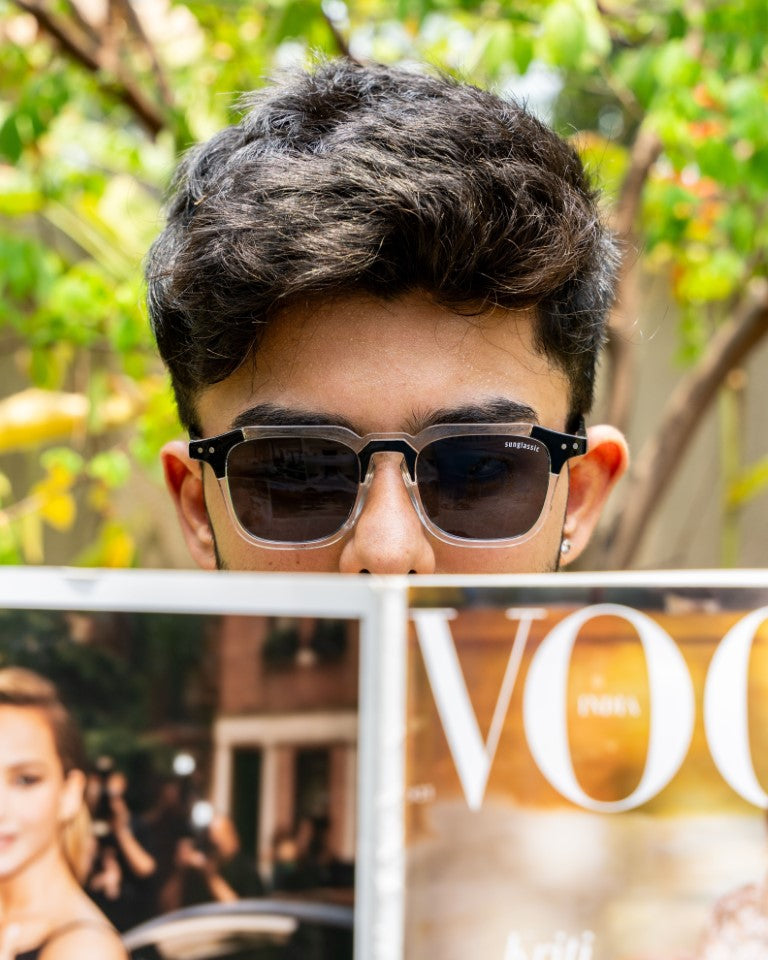
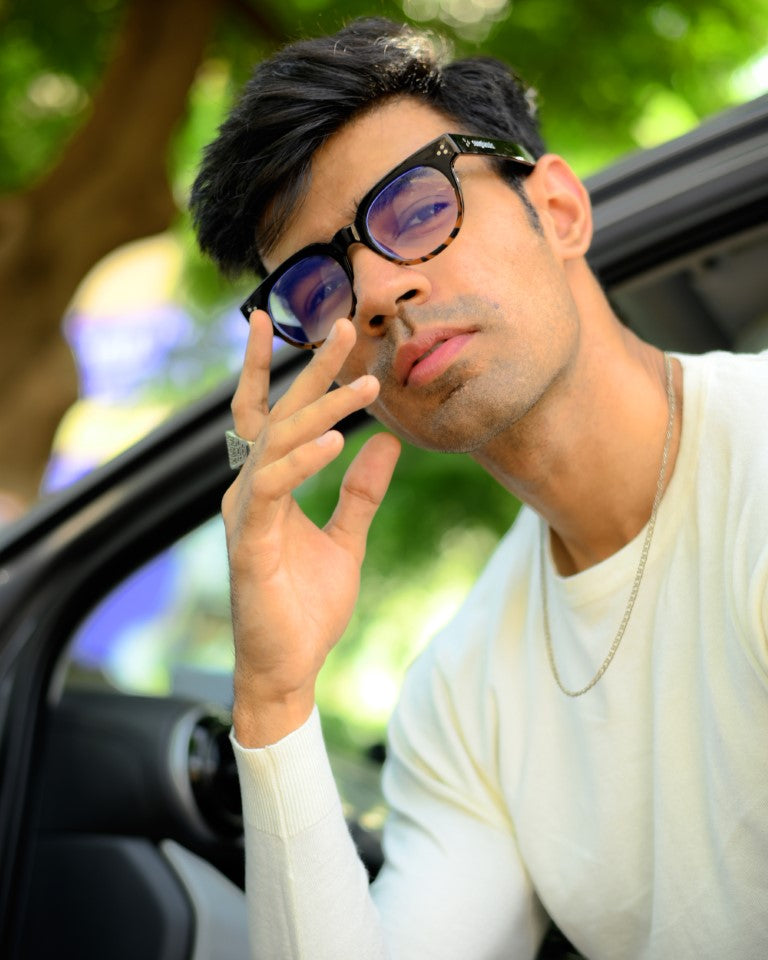
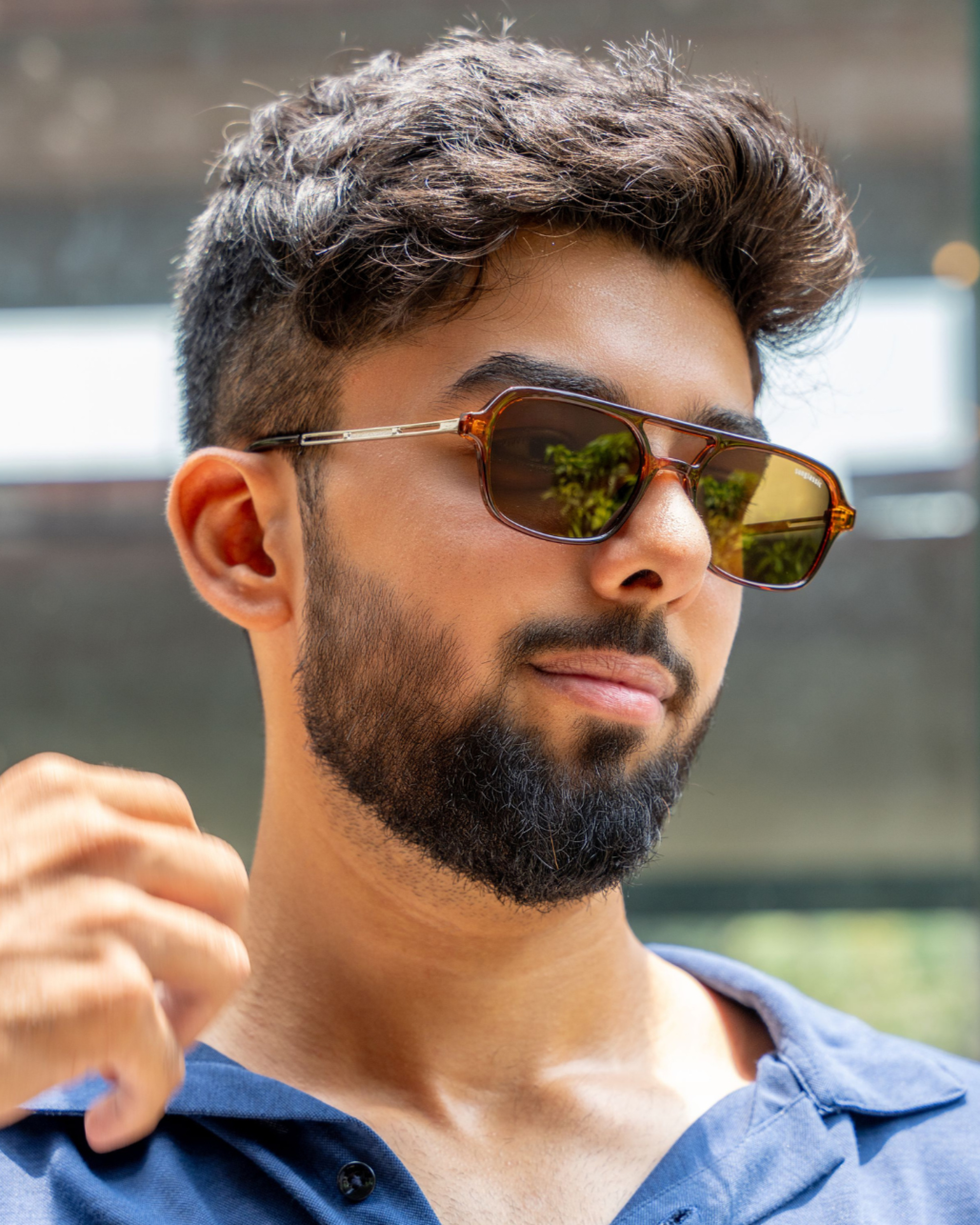
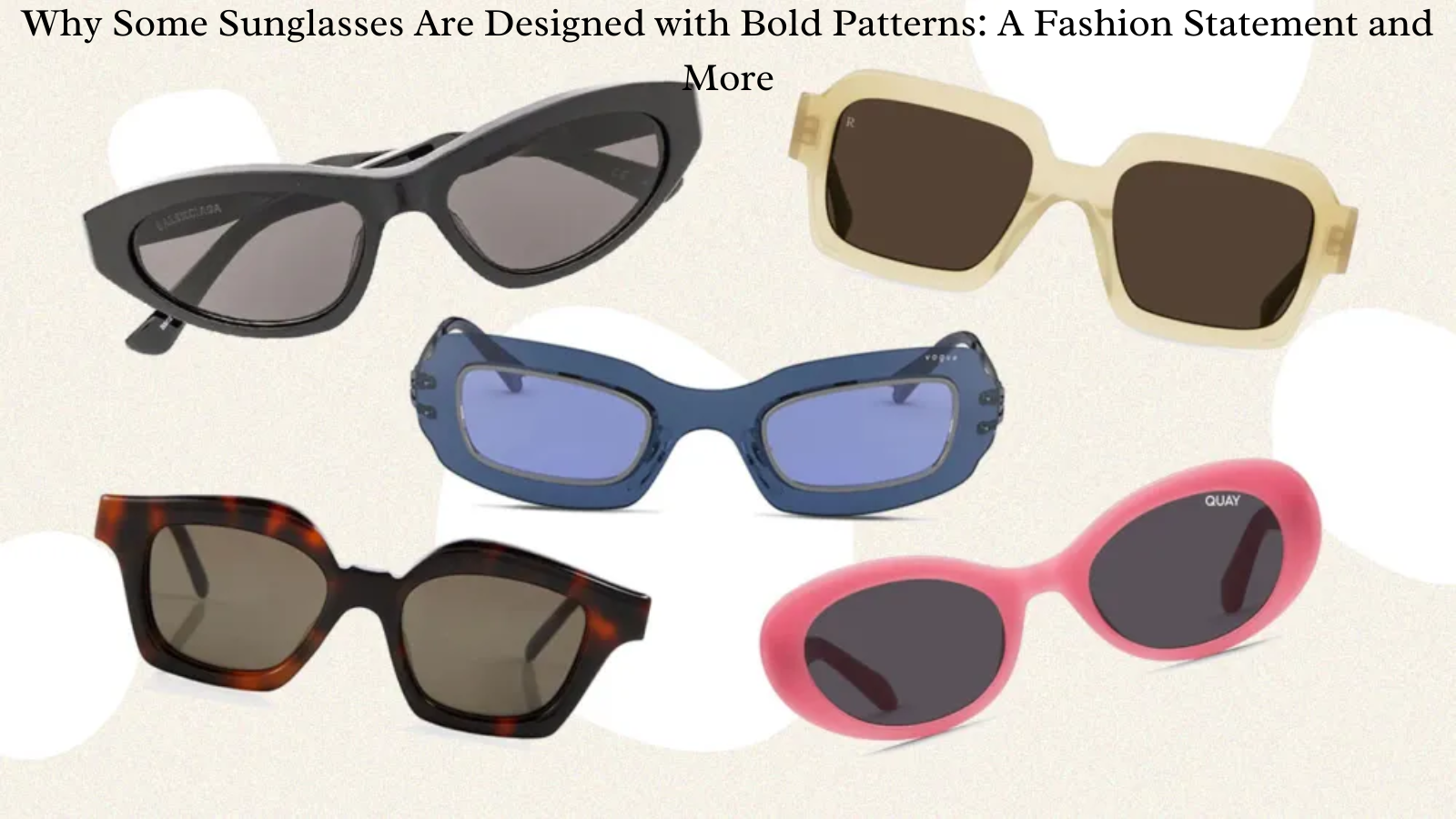
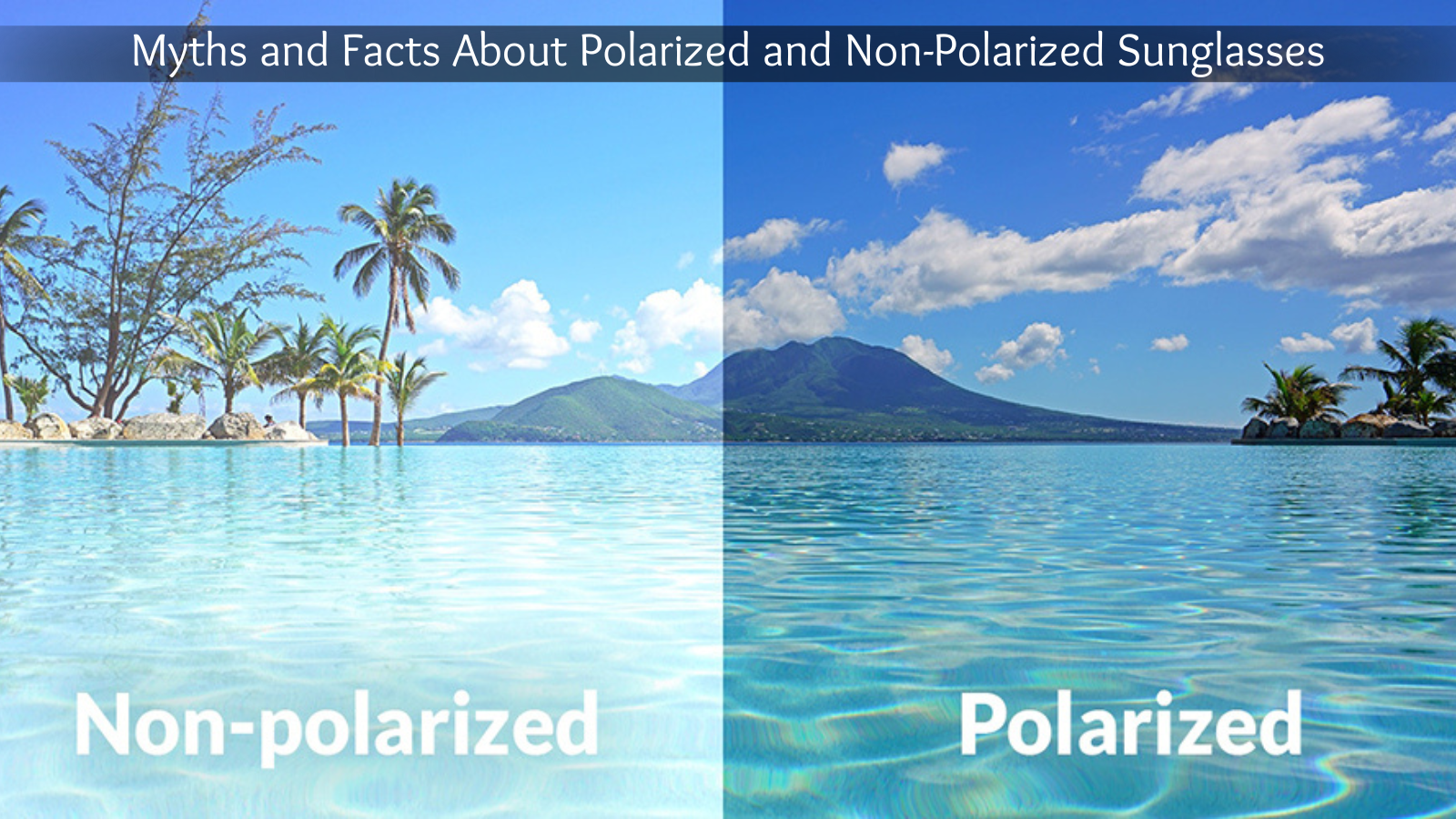
Leave a comment
This site is protected by hCaptcha and the hCaptcha Privacy Policy and Terms of Service apply.